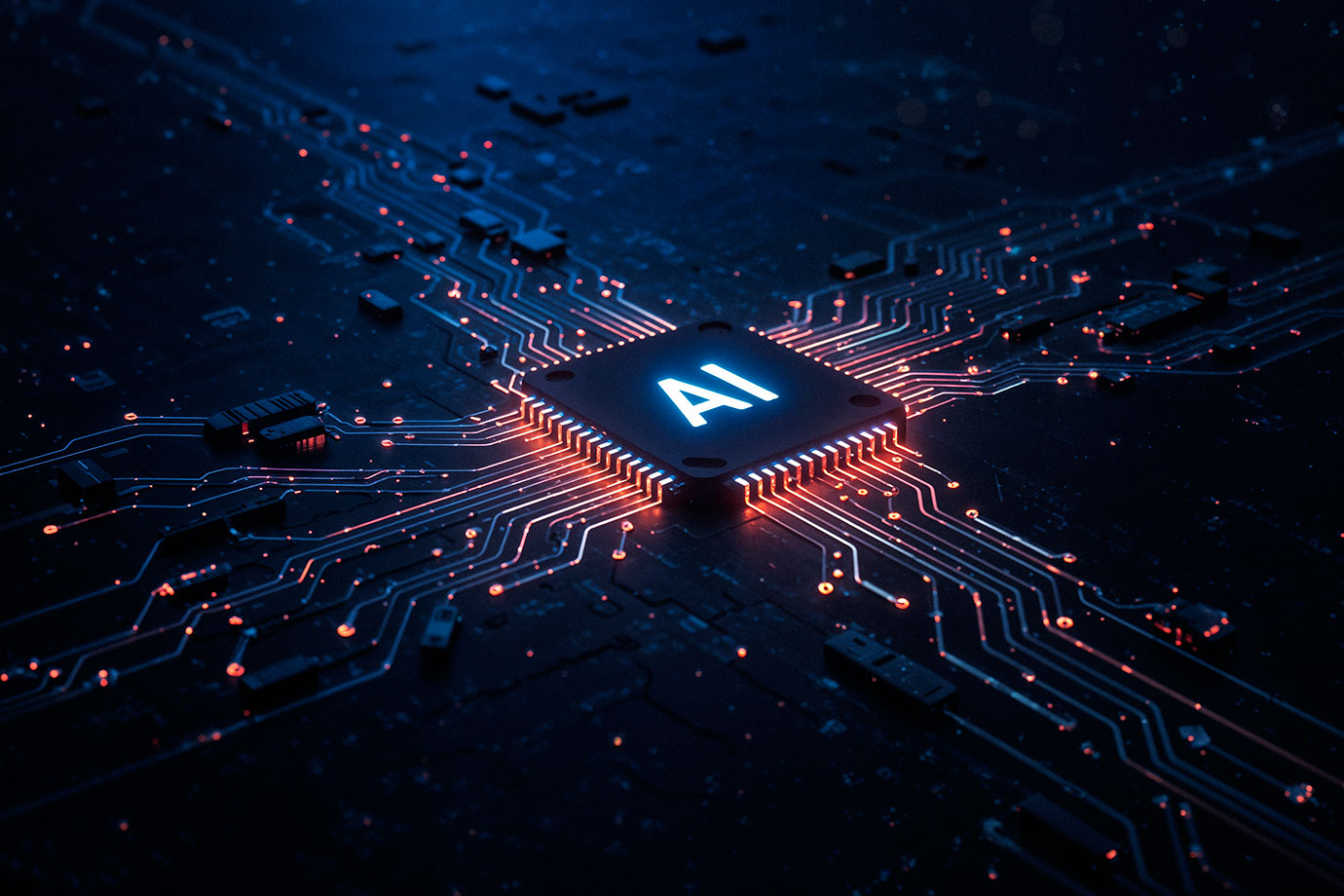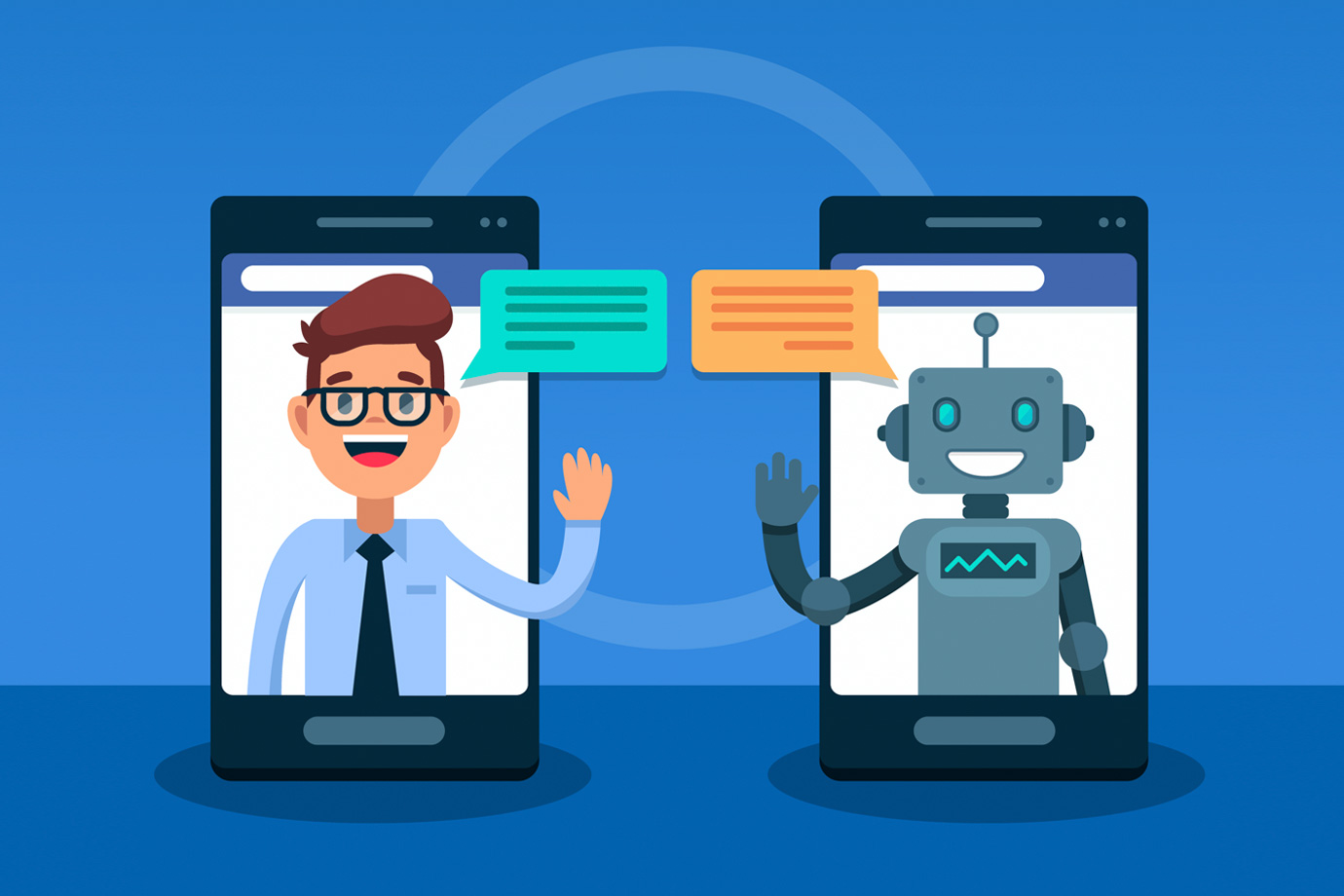Where Does AI Stand in the Software Development Lifecycle

20 May 2025
AI, as a trend, is making tremendous changes in various sectors, but on the other hand, the software sector is also changing very swiftly. While systems are becoming more intelligent and sophisticated, this is causing companies to adapt more rapidly to the needs of customers, but while the world is changing, customers' needs are also changing, and for this, businesses need to move faster and keep up with the needs of customers.
AI has proven to be the biggest assistance to businesses in this sense, and it is now a crucial part of staying competitive. AI is now transforming software development and maintenance; it is no longer a fictional term. It is more important than ever that all those involved in the software development industry understand how AI works within the software development lifecycle (SDLC).
The process by which teams create software, determine what is required, code, test, release, and then maintain it once it has been deployed is known as the software development lifecycle (SDLC). At every stage of this process, artificial intelligence is enabling developers to operate more efficiently rather than more laboriously.
Let's take a look at how AI is incorporated into each part of the SDLC and why it's important for the success of your team.
Starting with Requirements Gathering and Analysis
Clear requirements are usually one of the most difficult parts of a project. Miscommunication between clients, business stakeholders, and developers can cause delays and frustration.
NLP artificial intelligence systems assist in this situation by reading all of the user stories, documentation, and comments. They identify discrepancies early on and eliminate crucial requirements. This saves time and effort by ensuring that everyone is on the same page early on.
Example: One e-commerce team employed an NLP-powered requirements tool to examine 1,000+ user feedback tickets. In mere minutes, it identified recurring user needs and conflicts that would have taken weeks to discover by hand.
Helping During the Design Phase
The process of designing software involves figuring out how the various components will work together. Previously, this has been powered by human innovation and experience.
AI software now assists designers in reviewing existing software architectures and suggesting the best architectures or reusable patterns of design. They can flag redundancy or inefficiency areas, allowing for easier scaling and maintenance of systems.
Example: One company applied AI-based design validation tools to benchmark their architecture with best practices. The system suggested a change to microservices for enhanced scalability, avoiding months of rework in the future.
Accelerating Coding
Coding is monotonous and time-consuming. That's where AI code helpers come in. They scan your code in real-time, provide suitable code snippets, create boilerplate code, and even identify potential bugs before compilation.
The result? Coders get to concentrate on cracking brainy problems, as monotonous work is taken care of by smart tools.
Example: A pair of programmers working for a startup reported a 25% increase in productivity, with AI performing mundane scaffolding and allowing the team to concentrate on business logic.
Smarter Testing with AI
Testing is necessary, but typically redundant and time-consuming when done manually. AI revolutionizes testing by allowing automated test case generation, execution, and maintenance. These tools learn to evolve with changes in the codebase and keep testing in sync with development.
AI even detects the most failure-prone parts of your software so that teams know where they should concentrate their efforts.
Example: A fintech firm incorporated AI into their CI/CD pipeline to highlight high-risk areas to test via regression testing. This cut down critical bugs and reduced time to market.
Smarter Deployment with Predictive Analytics
Software deployment can be risky. AI-driven DevOps tools scan deployment pipelines, identify potential hurdles, and forecast failures before they happen. They also perform repetitive deployment tasks and offer real-time monitoring.
This creates more dependable releases and low downtime, critical for companies in a non-stop world.
Example: A streaming entertainment service employed predictive analytics in deployments to avoid pushback. The AI marked one release as risky, leading to a fix that avoided a possible service outage for millions of users.
Keeping Software Healthy After Deployment
After the deployment of the software, regular maintenance and monitoring are paramount. AI-based monitoring solutions monitor performance measurements, user behavior, and system events continuously to identify anomalies before they affect users.
Early detection of issues enables teams to fix them ahead of time, usually before end-users even realize it, providing an uninterrupted and rewarding user experience.
Why Implement AI Across the SDLC?
Incorporating AI into each phase of the software development life cycle isn't about taking the place of developers; it's about enabling them to do their best. Here's the way that AI revolutionizes development:
- AI removes the hard work from tasks and speeds up feedback cycles.
- Predictive models catch bugs and problems early.
- AI tools close the gaps between business analysts, developers, and testers by bringing insights together.
- By minimizing repetitive tasks and finding defects early, teams prevent expensive production problems.
- Teams have no hesitation in pursuing more challenging projects with AI-supported assistance.
Misconceptions to Dispense With
- Absolutely not. AI enables developer productivity. Human creativity and strategic minds remain indispensable.
- AI tools are now scalable and affordable, and available to small and medium-sized teams.
- Start small. Implement AI-powered code assistants or testing tools and then increase your usage over time.
Potential Challenges and How to Overcome Them
Similar to any change, implementing AI into SDLC has challenges. Some of them include tool compatibility, team adoption, and data quality.
Solutions:
- Begin with low-risk pilot projects to establish comfort.
- Select tools that fit into your existing stack to prevent friction.
- Educate teams on the effective use of AI tools.
- Partner with vendors who have experience with AI integration and software development strategy.
Conclusion
AI is no longer an emerging trend; it's a strategic differentiator. When effectively incorporated into the software development cycle, it enables teams to create better software quicker and with increased confidence.
As the tech world keeps evolving, the early adopters of AI will write the future. Whether you're creating a mobile app, SaaS platform, or enterprise solution, AI integration is not a mere upgrade, it's a revolution.
NanoByte Technologies is here to assist you in unleashing that revolution. From choosing the best tools to developing a scalable Artificial Intelligence strategy customized for your purposes, we'll be by your side.





